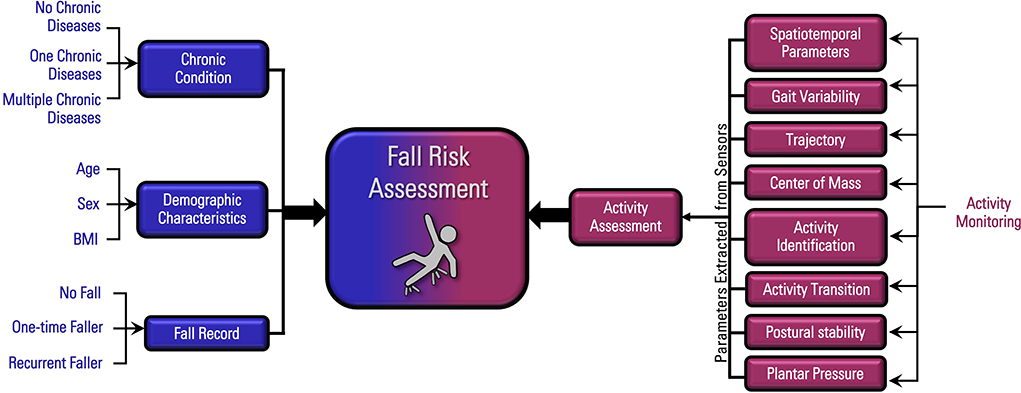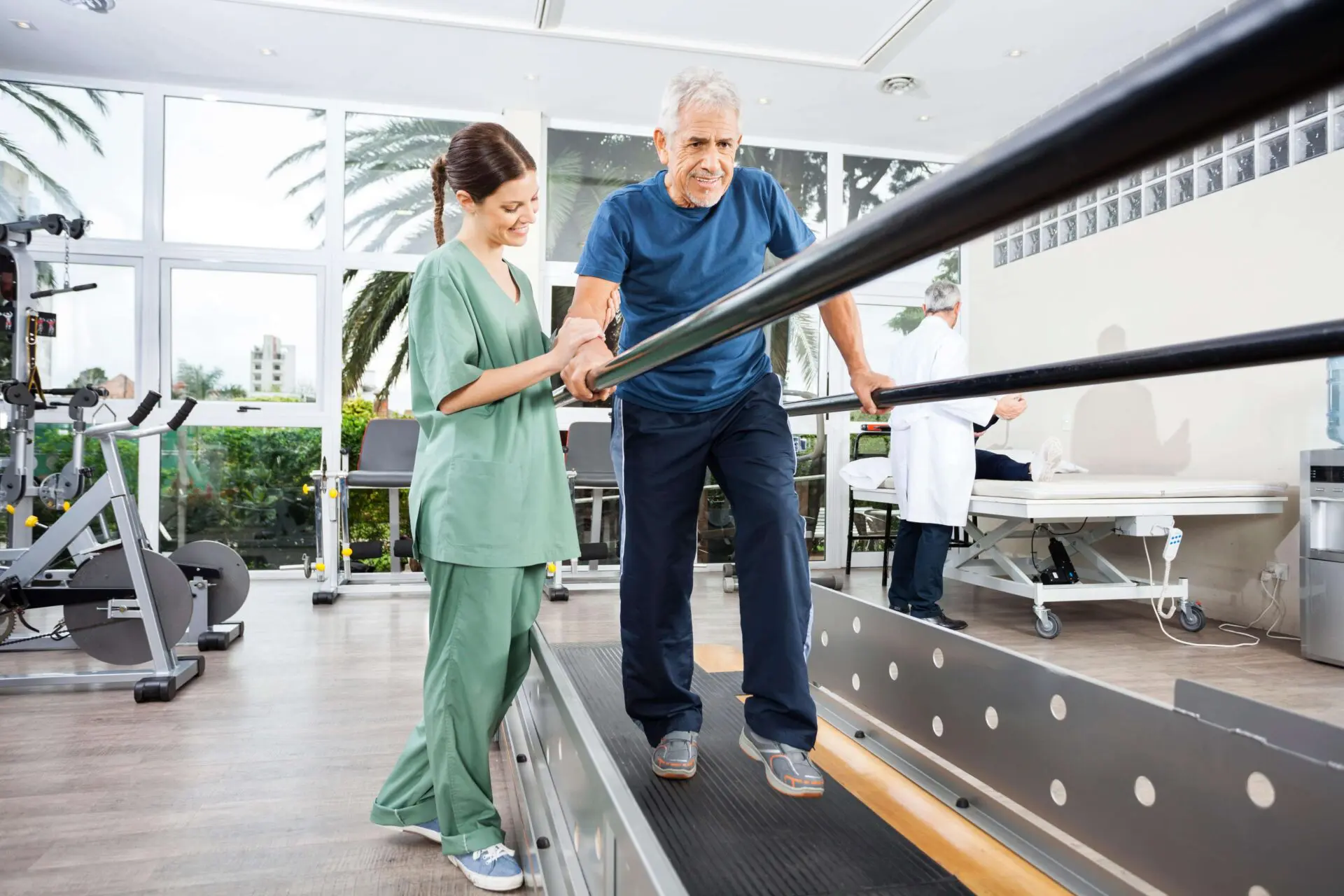Not known Facts About Dementia Fall Risk
Table of ContentsOur Dementia Fall Risk IdeasHow Dementia Fall Risk can Save You Time, Stress, and Money.What Does Dementia Fall Risk Mean?The Definitive Guide to Dementia Fall Risk
An autumn threat analysis checks to see how likely it is that you will certainly fall. It is primarily provided for older grownups. The assessment normally includes: This includes a collection of concerns about your general health and if you've had previous drops or troubles with equilibrium, standing, and/or strolling. These devices evaluate your stamina, equilibrium, and stride (the means you stroll).STEADI includes screening, evaluating, and intervention. Treatments are referrals that might lower your risk of falling. STEADI includes three actions: you for your risk of succumbing to your risk factors that can be improved to attempt to stop falls (as an example, equilibrium problems, impaired vision) to decrease your danger of dropping by using efficient techniques (as an example, giving education and learning and sources), you may be asked several questions consisting of: Have you fallen in the previous year? Do you feel unsteady when standing or walking? Are you fretted about falling?, your service provider will test your strength, equilibrium, and gait, making use of the adhering to autumn analysis devices: This examination checks your gait.
Then you'll take a seat once more. Your company will certainly examine the length of time it takes you to do this. If it takes you 12 secs or even more, it might mean you are at greater risk for an autumn. This test checks toughness and balance. You'll sit in a chair with your arms crossed over your chest.
Move one foot midway ahead, so the instep is touching the huge toe of your other foot. Relocate one foot totally in front of the various other, so the toes are touching the heel of your various other foot.
Examine This Report on Dementia Fall Risk
Most drops occur as an outcome of numerous contributing elements; therefore, managing the threat of dropping begins with recognizing the factors that add to fall risk - Dementia Fall Risk. Some of the most pertinent risk elements consist of: History of previous fallsChronic medical conditionsAcute illnessImpaired stride and balance, lower extremity weaknessCognitive impairmentChanges in visionCertain high-risk medications and polypharmacyEnvironmental factors can also boost the danger for falls, including: Inadequate lightingUneven or damaged flooringWet or slippery floorsMissing or harmed handrails and order barsDamaged or incorrectly equipped equipment, such as beds, wheelchairs, or walkersImproper use assistive devicesInadequate supervision of the individuals staying in the NF, consisting of those who show hostile behaviorsA successful fall danger monitoring program needs a detailed clinical evaluation, with input from all participants of the interdisciplinary group

The treatment strategy ought to likewise include interventions that are system-based, such as those that advertise a secure setting (proper lighting, hand rails, grab bars, etc). The efficiency of the interventions should be evaluated occasionally, and the treatment plan changed as necessary to show adjustments in the loss threat analysis. Carrying out an autumn danger monitoring system making use of evidence-based finest practice can lower the occurrence of drops in the NF, while limiting the capacity for fall-related injuries.
Examine This Report on Dementia Fall Risk
The AGS/BGS standard advises screening all adults matured 65 years and older for loss risk each year. This screening is composed of asking individuals whether they have actually fallen 2 or even more times in the past year or looked for clinical focus for an autumn, or, if they have actually not dropped, whether they really feel unstable when strolling.
Individuals who have dropped when without injury needs to have their equilibrium and gait reviewed; those with gait or equilibrium abnormalities ought to receive additional evaluation. A history of 1 fall without injury and without gait or equilibrium issues does not call for further evaluation past continued yearly loss danger screening. Dementia Fall Risk. An autumn risk assessment is called for as component of the Welcome to Medicare evaluation

What Does Dementia Fall Risk Mean?
Recording a falls background is one of the high quality indicators for autumn prevention and management. A critical part of threat assessment is a medicine testimonial. Several courses of medications enhance loss risk (Table 2). copyright drugs particularly are independent forecasters of drops. These medications have a tendency to be sedating, modify the sensorium, and impair balance and gait.
Postural hypotension can usually be minimized by lowering the dose of blood pressurelowering medications and/or stopping medicines that have orthostatic hypotension as a side impact. Use above-the-knee assistance tube and copulating the head my response of the bed elevated may also decrease postural reductions in high blood pressure. The advisable components of a fall-focused physical exam are revealed in Box 1.

A yank time better than or equivalent to 12 seconds suggests high loss danger. The 30-Second Chair Stand test evaluates lower extremity toughness and equilibrium. Being not able to stand up from a chair of knee elevation without utilizing one's arms indicates pop over to this web-site increased fall risk. The 4-Stage Equilibrium examination evaluates static balance by having the patient stand in 4 positions, each gradually much more challenging.